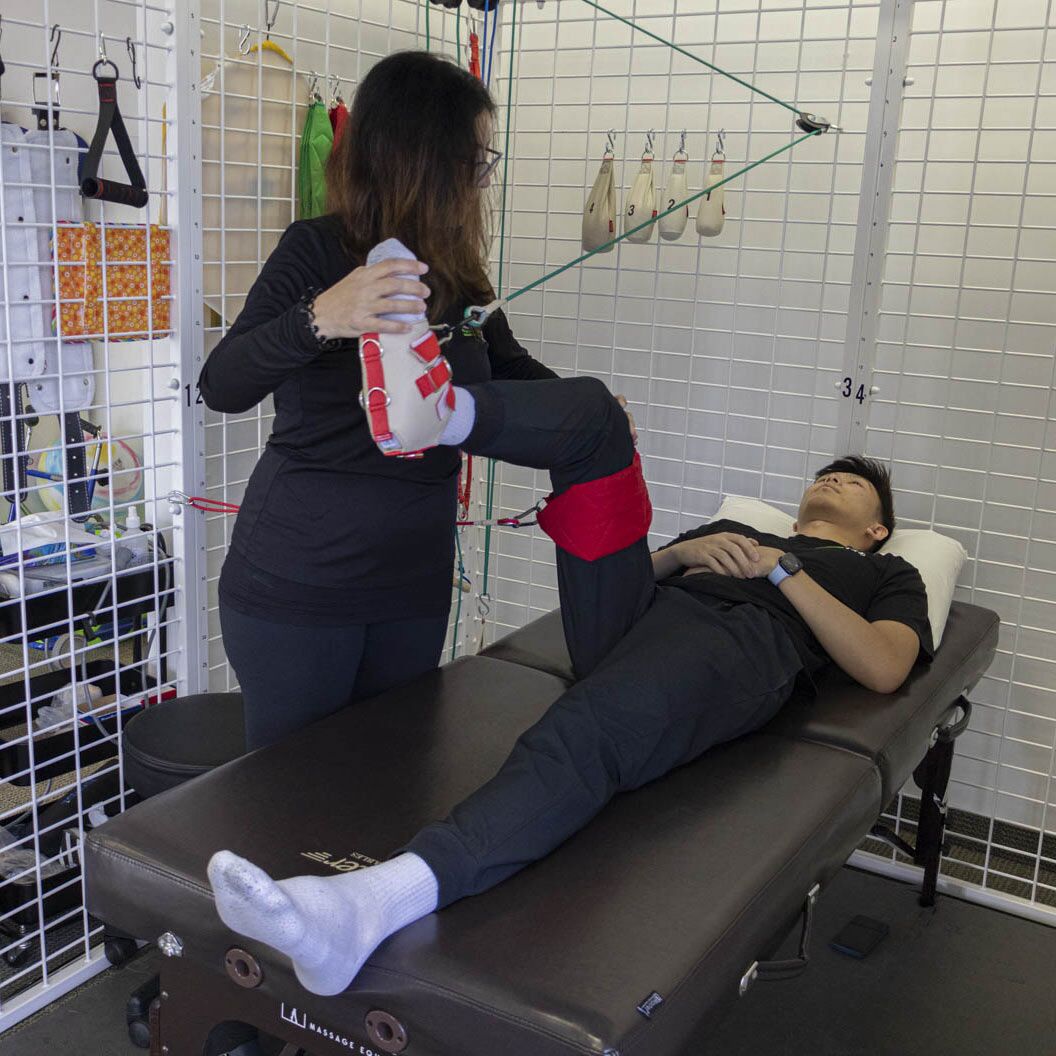One of the frequently commonly observed injuries in sports is the ankle ligament injury. This injury often happens when an athlete lands awkwardly or twists their foot during a game. Signs of an foot ligament injury include pain, inflammation, and difficulty moving. Prompt care typically includes the R.I.C.E. method, which stands for Recovery, Cooling, Wrapping, and Elevation. This method aids reduce inflammation and discomfort. In more serious cases, physical therapy may be required to regain power and flexibility to the ankle before returning to sports.
Another common trauma is a muscular injury, which can happen in all sport that demands sudden movements or intense weight-bearing. Sportspeople may experience a muscle injury when they stretch a muscular tissue too much or when they exert too much force. Signs include acute pain, inflammation, and muscle spasms. Recovery for muscle injuries often includes light flexibility exercises and strengthening workouts. Gradually raising activity levels is crucial to avoid re-injury. Sportspeople should work tightly with a rehabilitative therapist to develop a safe and efficient recovery strategy.
Tendonitis is another trauma that can impact sportspeople, particularly those who participate in frequent motions, such as runners or aquatic athletes. This issue happens when a tendon structure, which links muscular tissue to bone, becomes swollen. Frequent locations involved by tendonitis include the elbow, shoulder, and knee. Symptoms often include discomfort and stiffness, especially during activity. Treatment for tendonitis usually includes rest, ice, and review anti-inflammatory medications. In certain situations, rehabilitative therapy may be recommended to improve flexibility and power in the injured area.
Preventing sports injuries is just as crucial as treating them. Athletes can reduce their risk of injury by warming up properly before events, using the appropriate equipment, and keeping good fitness condition. Strength training and stretching workouts can help prepare the physique for the demands of sports. Additionally, sportspeople should pay attention to their bodies and allow rest when needed. By understanding common athletic traumas and implementing effective recovery strategies, athletes can remain fit and participate in their favorite sports for a long time to come.
